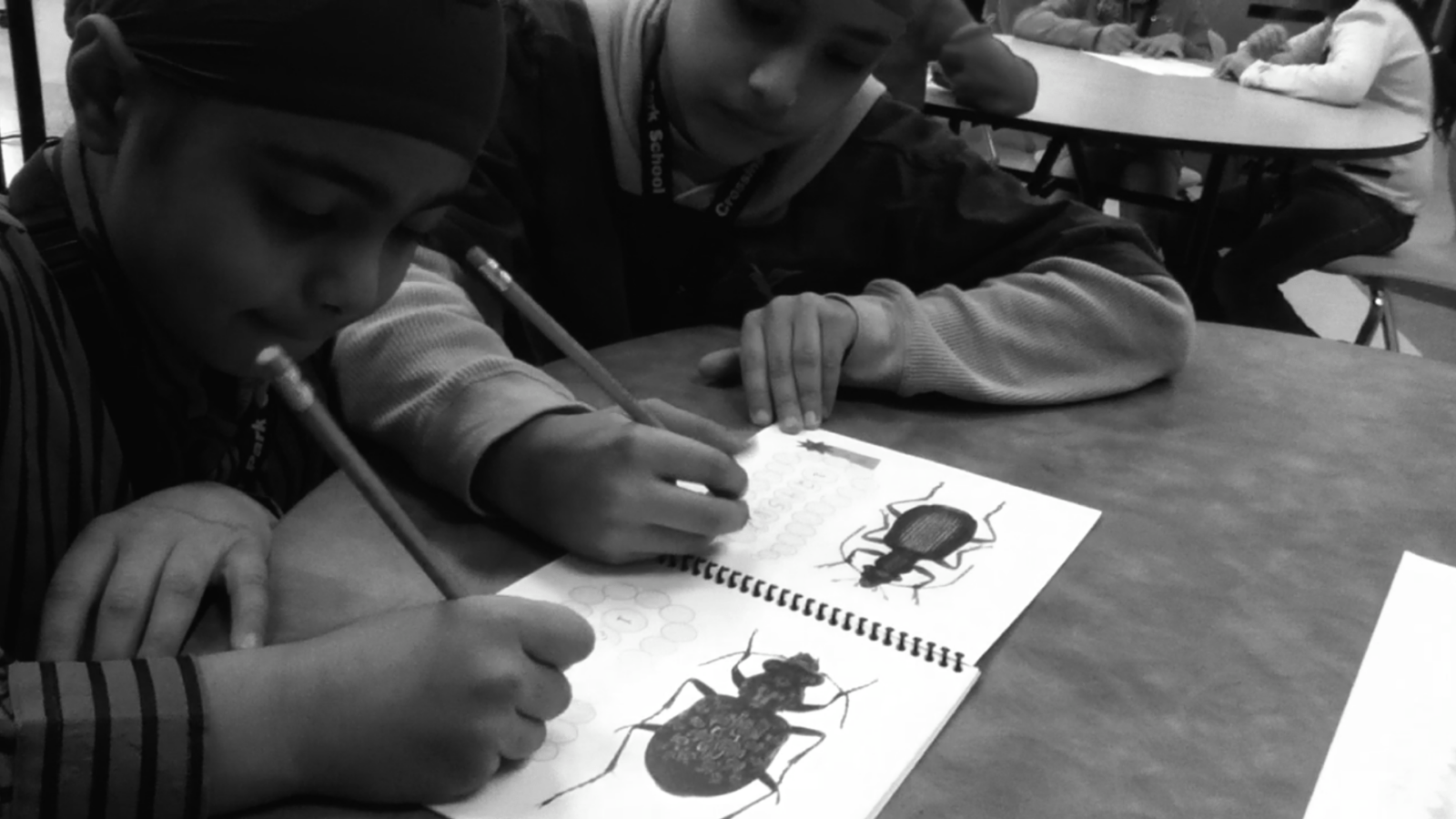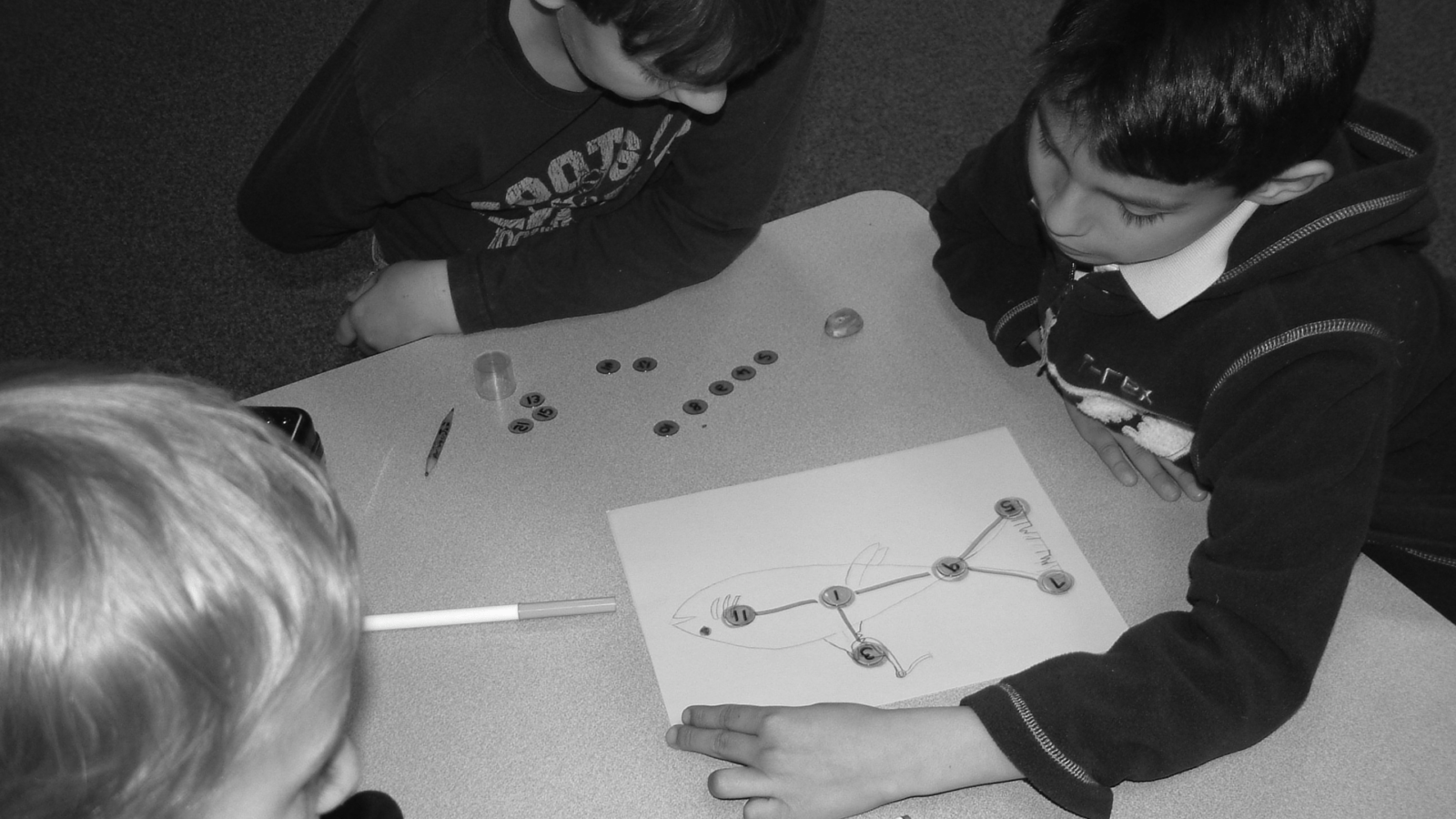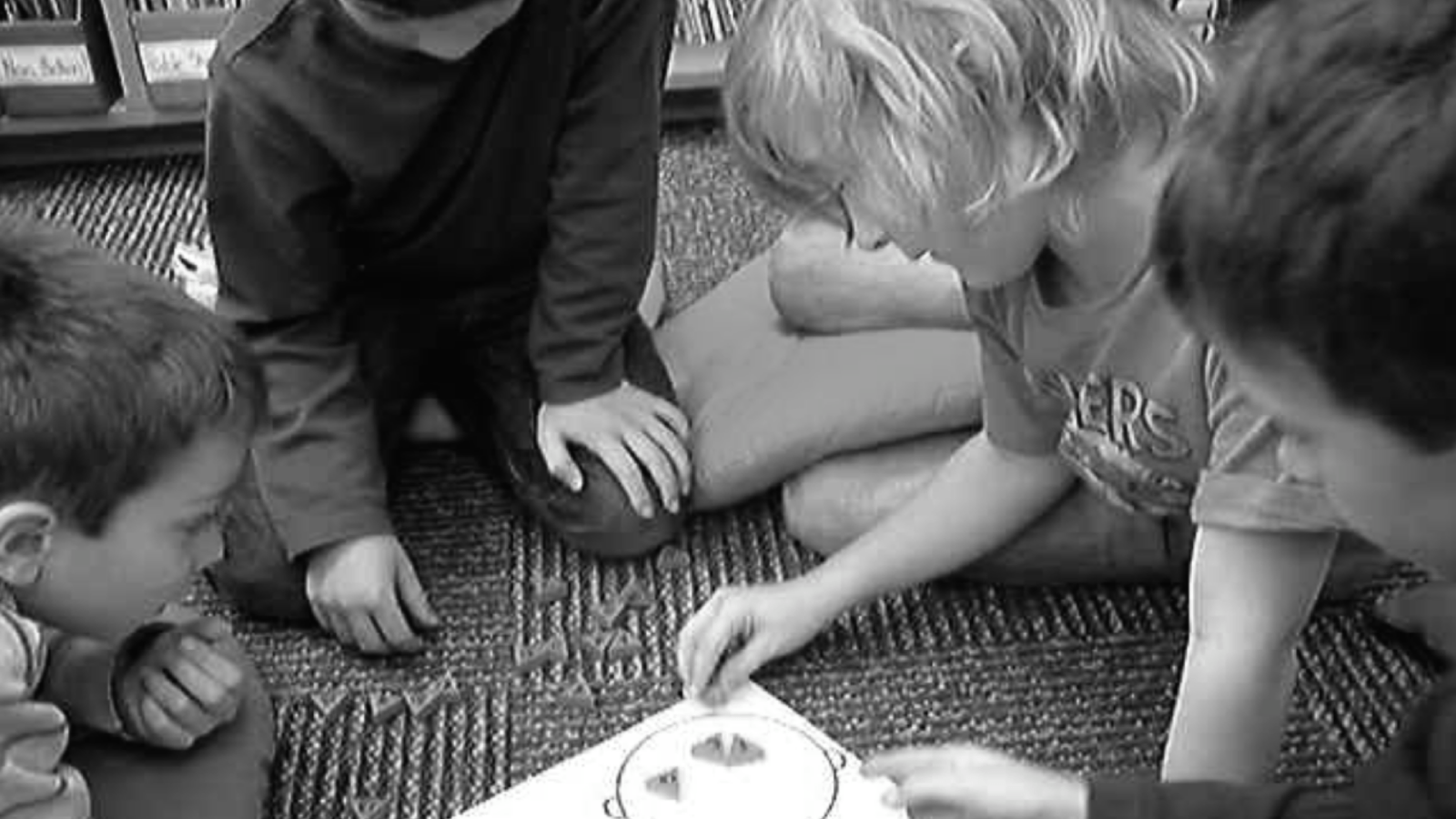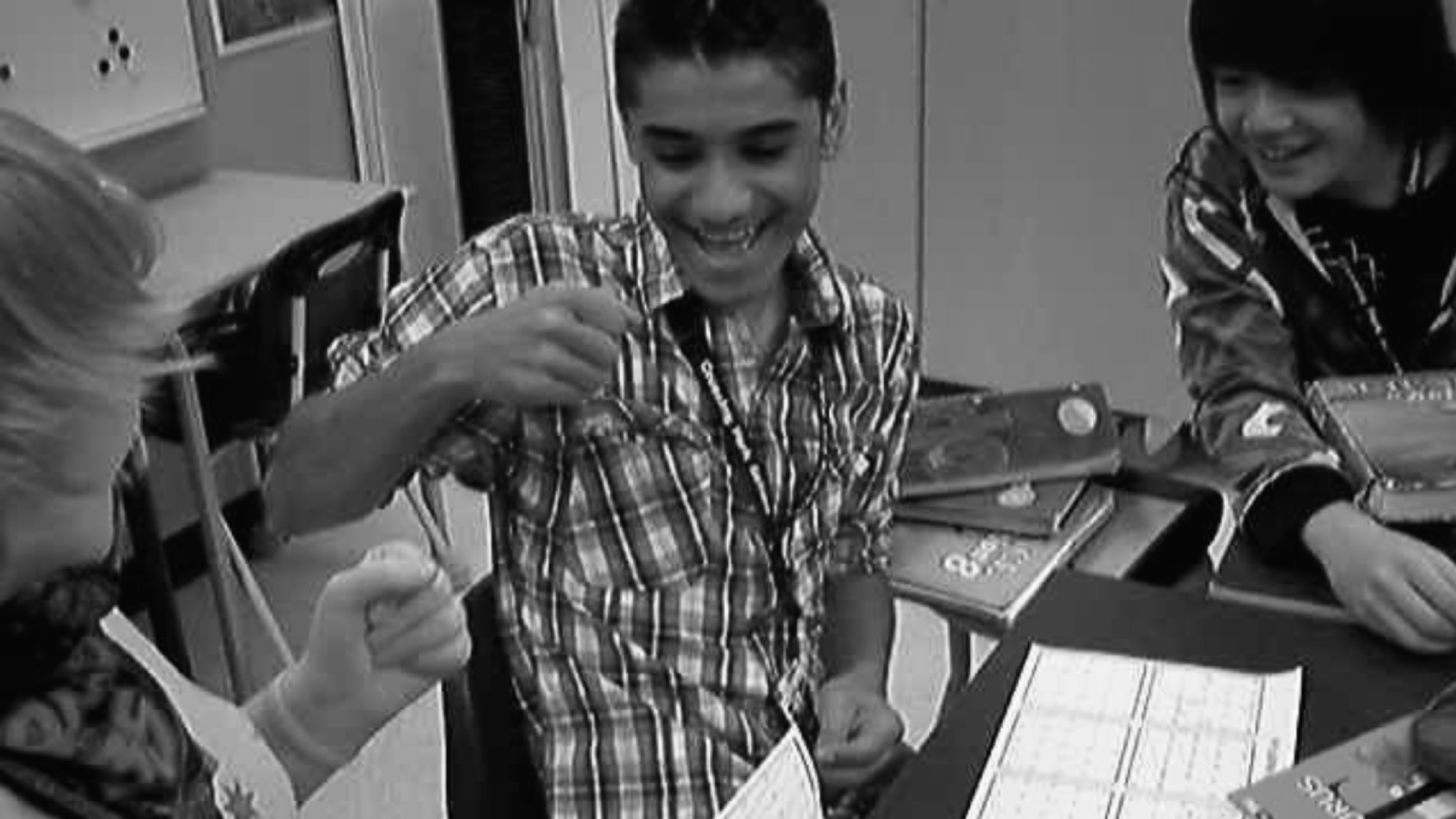Fractions
Half fraction Snake
This is the best puzzle to introduce students to fractions. It was the third MathPickle puzzle to get into the New York Times.
Why is it so good to introduce fractions? Because only 1/2 is used – that’s the secret.
I recommend that you randomly get students to create a snake 14 segments long. Each student contributes the colour of one segment. Do this before you introduce the rules. It increases curiosity and therefore engagement.
Don’t feel intimidated by this 16 minute video. The puzzle is totally explained in the first 3 minutes.
Students can be challenged to make their own snakes. Download a printable puzzle-sheets here.
Unfair Thrones
This was MathPickle’s first puzzle to get into the New York Times. It is perfect to give students motivation to subtract fractions and turn the result into a percentage.
Start the class by naming an empress and getting her to introduce her bickering children. It’s all fun until the children start squabbling over the kingdom.
The chance that civil war ensues equals the most comfortable minus the least comfortable throne.
Download a printable version here.
In a bar I once overheard the proverbial argument “glass-half-full” versus “glass-half-empty.” A second later my own beer arrived and the waiter inexpertly poured it with the beer glass at the wrong angle so the foam over-brimmed the top of the glass. The waitress was apologetic, but I waved her away – my lips desperately sipping the overflow.
It got me thinking about the speed and angle of beer delivery, but by the end of the evening my friends were faking enthusiasm for this new puzzle.
They made me promise not to call it the “beer-half-full-glass puzzle” and I decided to take their advice.
Equivalent fractions should be explored first using the engaging Fractured Fraction puzzle (green slide show). Only later is this structural video an option.
Engagement first, structure second.
This video introduces a challenge: how should we list all the fractions without repeating two that are the same (like 4/6 and 2/3.)
Divisibility tricks allow you to figure out if an integer is divisible by another integer. Again, this video is a lower priority than the engaging puzzle videos, but it should open up some interesting challenges.
The first “greedy algorithm” introduced in this video is a good way to give your students practice finding common denominators, but be very careful which you choose. As the video shows, these can get nasty!!! If you are brave, I suggest you try solving the following greedily using the algorithm described:
2/20, 3/20, 4/20, 5/20, 6/20, 7/20… 18/20, 19/20.
What other denominators under 20 give reasonable challenges – and which are just too ugly?
Don’t even think of exploring the second algorithm 😉 Ugly!











Please use MathPickle in your classrooms. If you have improvements to make, please contact me. I'll give you credit and kudos 😉 For a free poster of MathPickle's ideas on elementary math education go here.